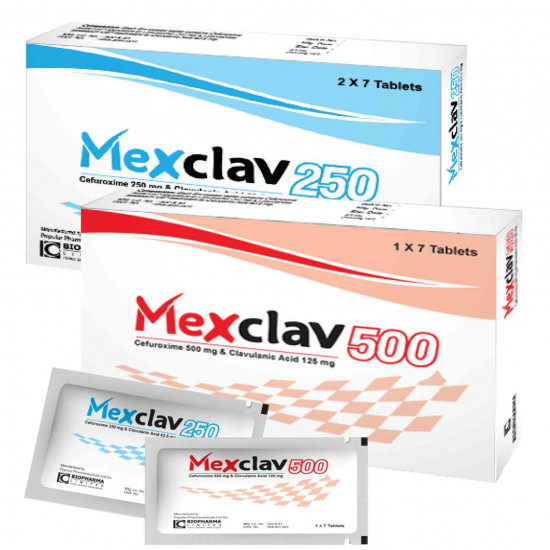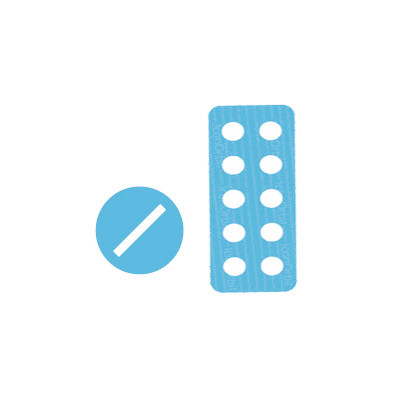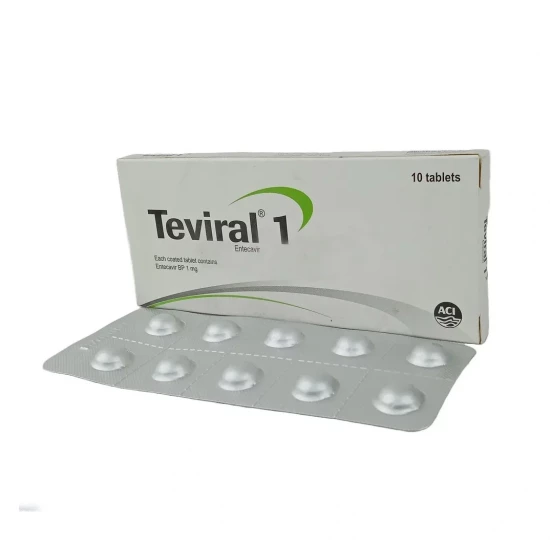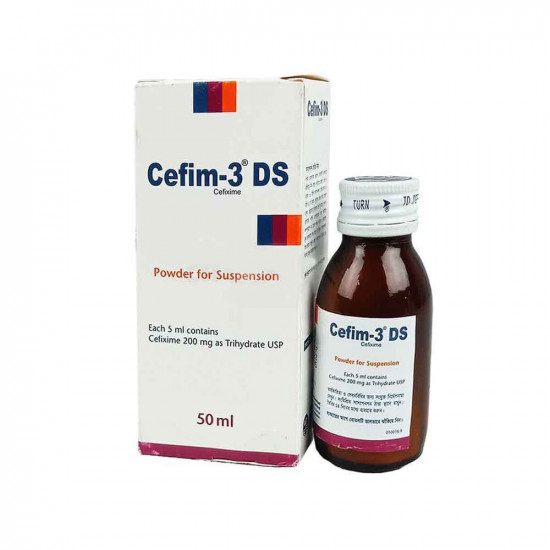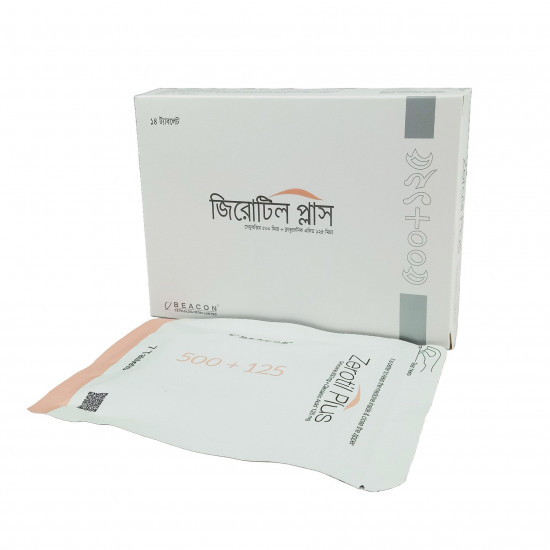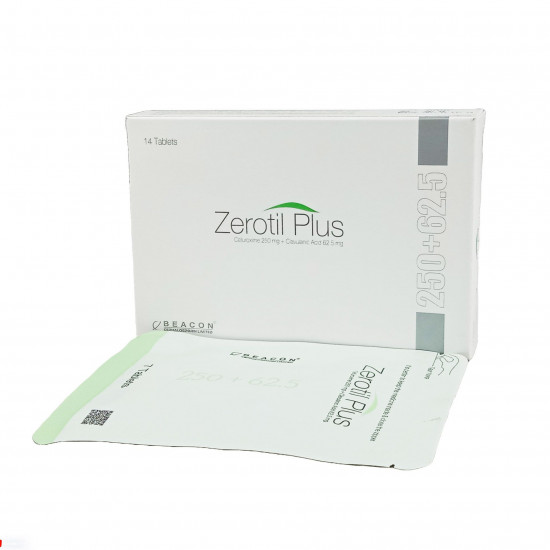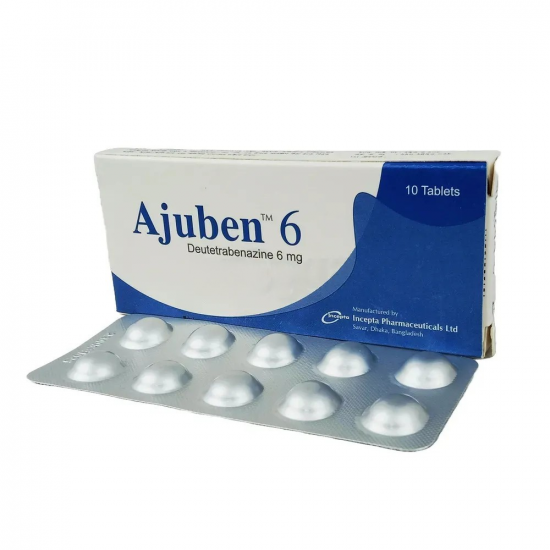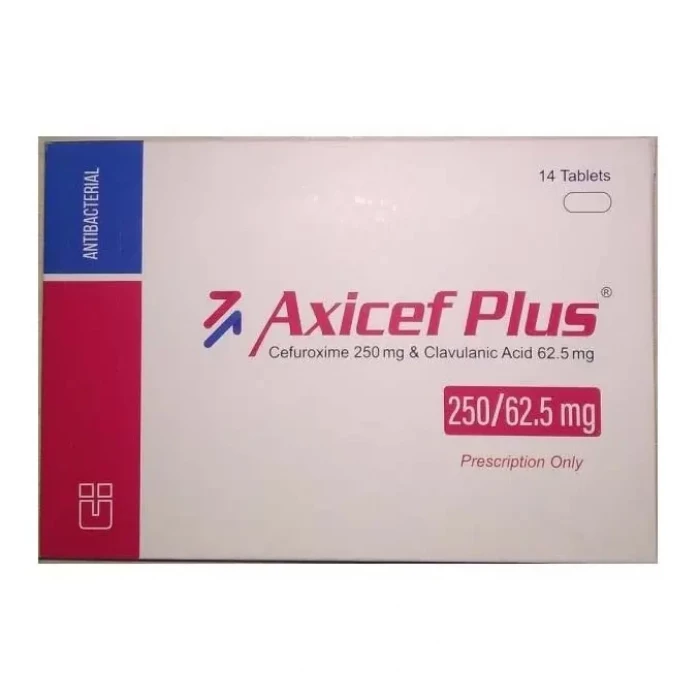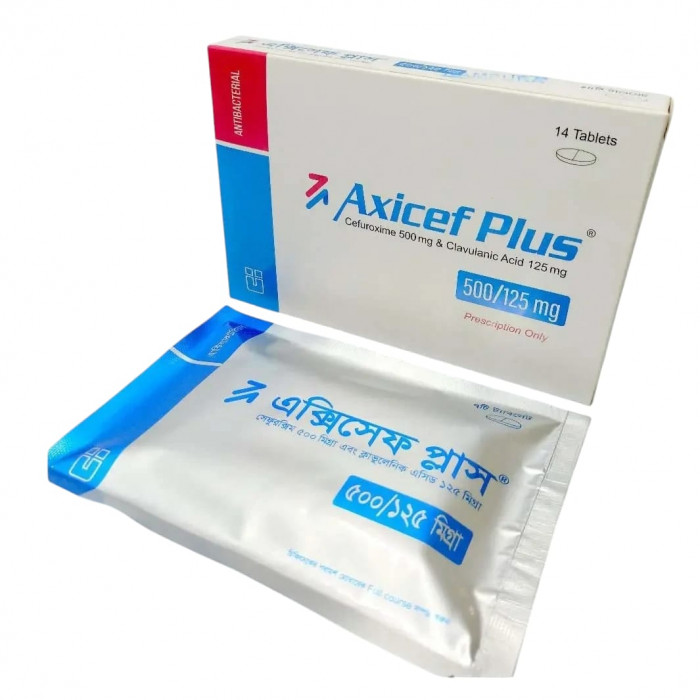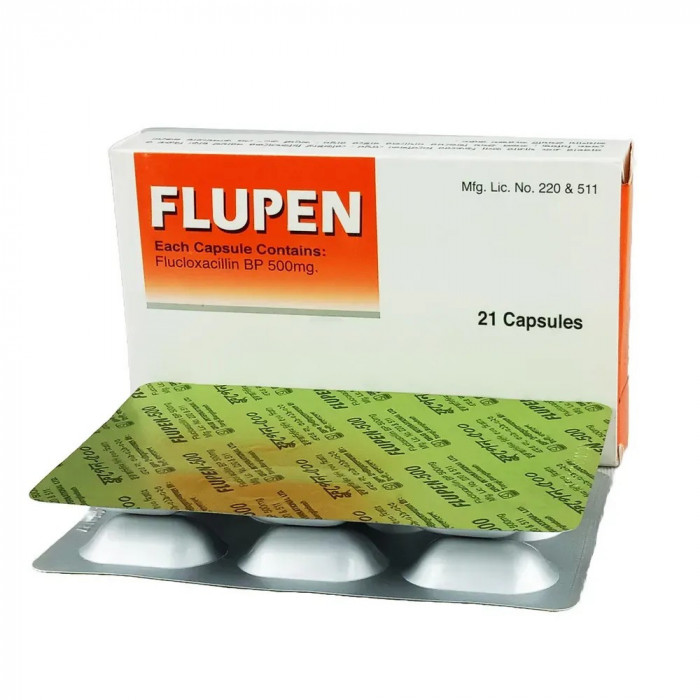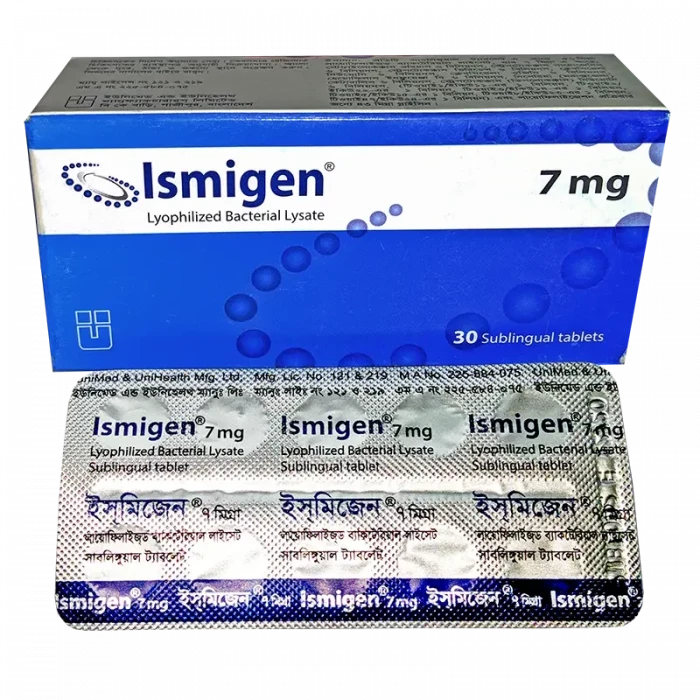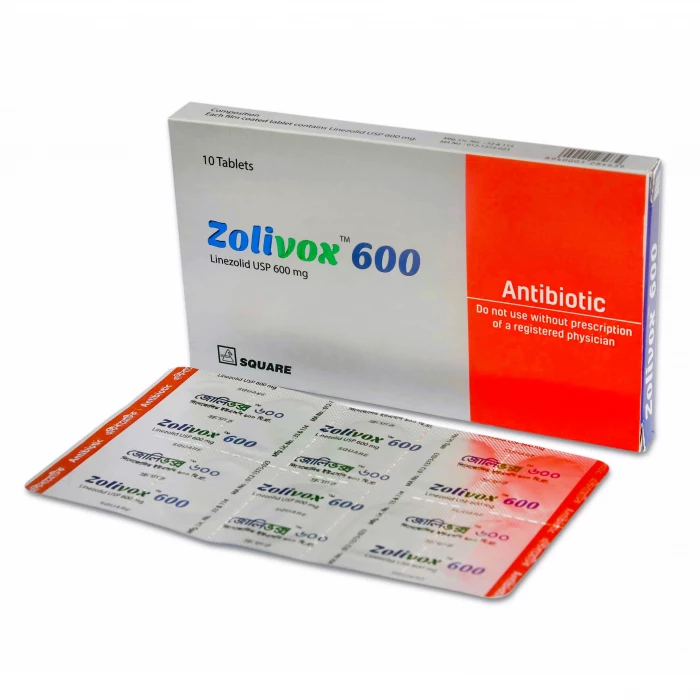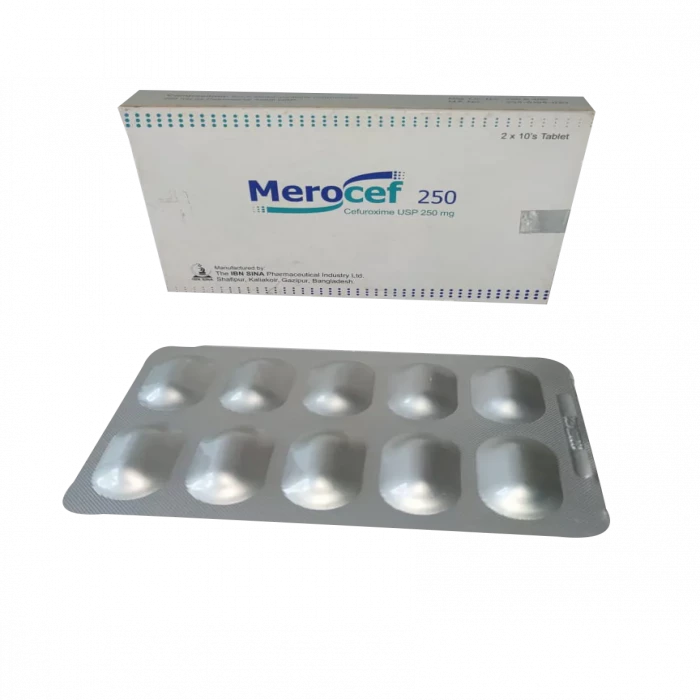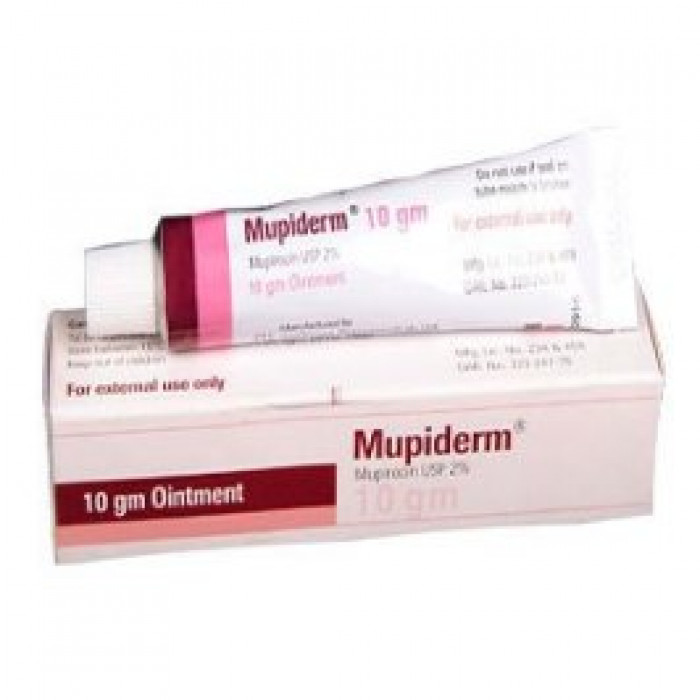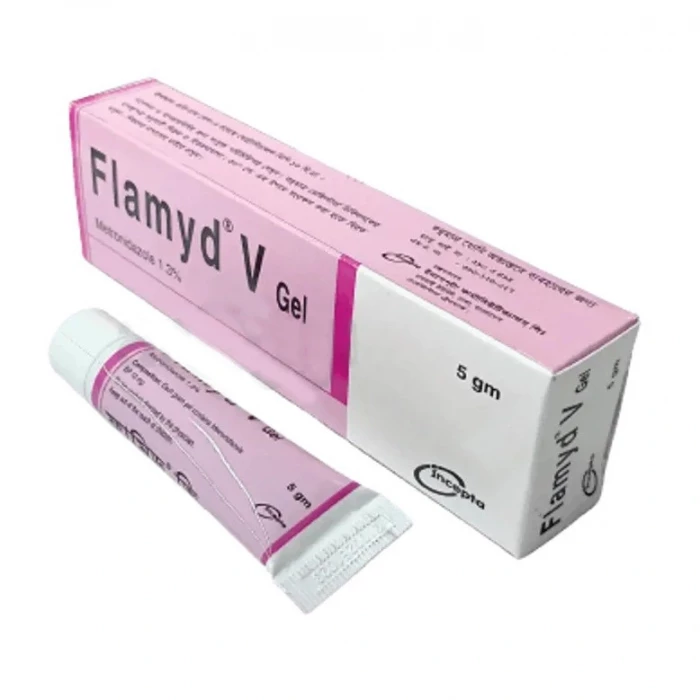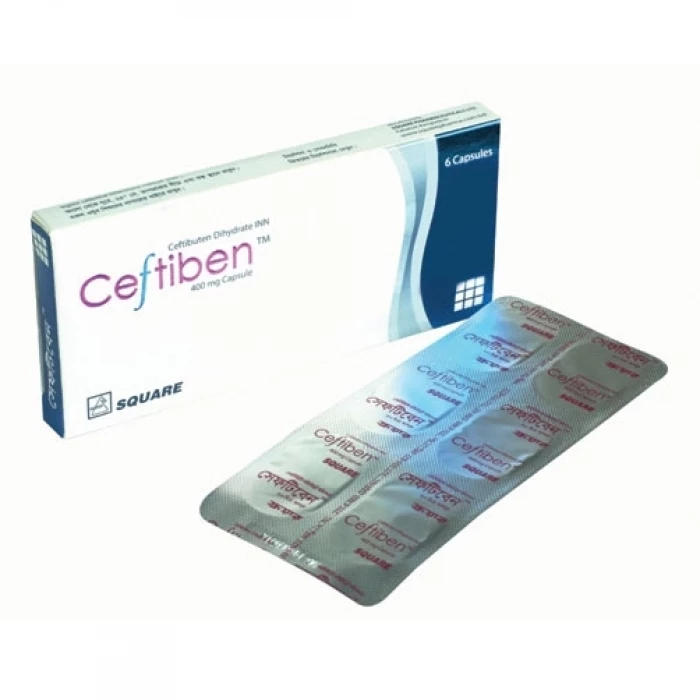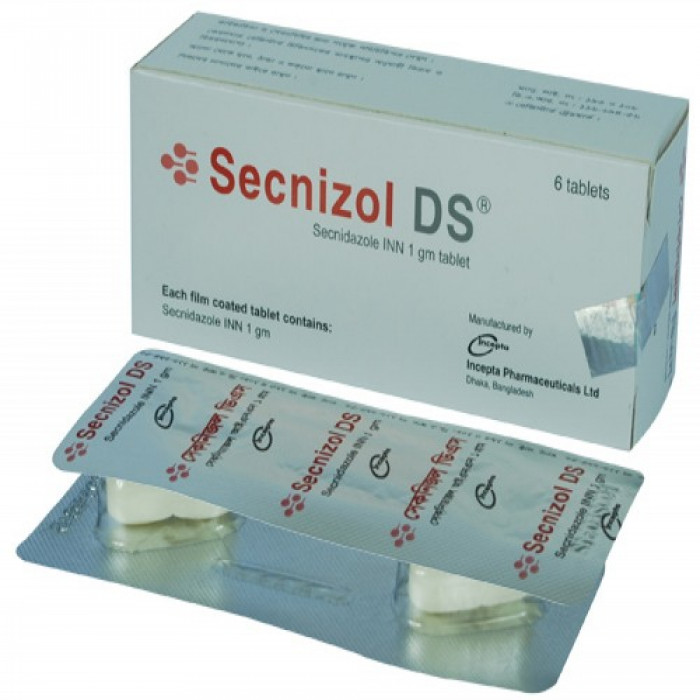
✔ 100% Authentic Product
👁️ Currently Viewing 1396
✅ Description:
Indications
Intestinal amoebiasis, hepatic amoebiasis, urethritis and vaginitis caused by Trichomonas vaginalis, and Giardiasis are all treated with secnidazole. Secnizol DS is an antibiotic medicine that helps your body fight infections caused by bacteria and parasites. It is used to treat infections of the liver, stomach, intestines, vagina, brain, heart, lungs, and skin. Secnizol DS is also used in the treatment of dental infections, leg ulcers and pressure sores. This medicine may be taken with or without food.
Pharmacology
Secnidazole is the first nitroimidazole that can provide antiprotozoal activity for 3 days in a single dose. Because of its long half-life, secnidazole can provide effective treatment, so due to the short treatment duration and excellent efficacy, better patient compliance can be ensured.
Secnidazole shows activity against anaerobic protozoa Entamoeba histolytica, Giardia and Trichomonas vaginalis. Secnidazole is quickly absorbed after oral administration. The maximum serum level was reached 3 hours after taking 2 g of secnidazole orally. The plasma elimination half-life of
s approximately 20 hours. Most secnidazole is excreted in urine (50% of intake is excreted within 120 hours). The pharmacokinetic characteristics of secnidazole make it the longest half-life of all second-generation nitroimidazoles, ensuring a 72-hour therapeutic blood concentration in a single 2 g dose.
Dosage & Administration
Secnidazole tablet should be administered orally. The dosage schedule of Secnidazole tablet is mentioned below:
Secnidazole Tablet:
Amoebiasis:
Acute intestinal amoebiasis:
Adults: 2 gm single dose (2x1000 mg tablet), taken preferably just before meal.
Children: 30 mg/kg single dose, taken preferably just before meal.
Asymptomatic amoebiasis (minute & cystic form):
Adults: 2 gm once daily (2x1000 mg tablet) for only 3 days, taken preferably just before meal.
Children: 30 mg/kg once daily for only 3 days, taken preferably just before meal.
Hepatic amoebiasis :
Adults: 1.50 gm/day, in a single or divided dose, just before meal for 5 days.
Children: 30 mg/kg/day, in a single or divided dose, just before meal for 5 days.
N.B.: Evacuation of pus must be performed simultaneously with Secnidazole treatment at the suppurative stage of hepatic amoebiasis.
Giardiasis :
Adults: 2 gm single dose (2x1000 mg tablet), taken preferably just before meal.
Children: 35-50 mg/kg single dose, taken preferably just before meal.
Trichomoniasis :
Adults: 2 gm single dose (2x1000 mg tablet), taken preferably just before meal.
Children: 30 mg/kg single dose, taken preferably just before meal. The partner should also receive the same treatment concomitantly.
Secnidazole Suspension:
Suspension should be administered orally. The dosage schedule of Secnidazole suspension is mentioned below:
Children of 10 to 15 kg body weight: 1 bottle of Secnidazole 500 mg suspension.
Children of 16 to 25 kg body weight: 1½ bottle of Secnidazole 500 mg suspension.
Children of 26 kg or more body weight: 2 bottles of Secnidazole 500 mg suspension.
Interaction
Secnidazole should not be used with disulfiram since it may cause disorientation and a delusional response.
The use of secnidazole with warfarin necessitates strict monitoring since oral anticoagulants' effects and hemorrhagic risk are likely to be enhanced.
Contraindications
Patients who are hypersensitive to imidazole derivatives should not use secnidazole.
Side Effect
The clinical studies have shown that secnidazole is characterized by very good tolerance and no serious adverse reactions have been reported to date. The following side-effects may be observed with secnidazole as with all nitroimidazole derivatives & are rarely serious
Most frequent side-effects: Gastrointestinal disturbances, nausea, epigastric pain, metallic taste, glossitis, and stomatitis.
Occasional side-effects: Urticaria, moderate leukopenia which is reversible on treatment discontinuation.
Rare side-effects: Vertigo, ataxia and motor incoordination, paresthesia, and peripheral neuropathy. With secnidazole, gastrointestinal disorders e.g. nausea, vomiting, epigastric pain, etc. have been reported in very rare cases.
Pregnancy & Lactation
After the first trimester, secnidazole may be administered to a pregnant woman. Secnidazole, like other comparable medicines, should not be used during the first trimester of pregnancy or breastfeeding since it is present in the placenta and breast milk.
Precautions & Warnings
Patients should be told not to drink alcohol when using secnidazole (because of possibility of antabuse effect). Secnidazole should not be given to patients who have a history of blood dyscrasia.
⚠️Disclaimer:
At ePharma, we’re committed to providing accurate and accessible health information. However, all content is intended for informational purposes only and should not replace medical advice from a qualified physician. Please consult your healthcare provider for personalized guidance. We aim to support, not substitute, the doctor-patient relationship.




